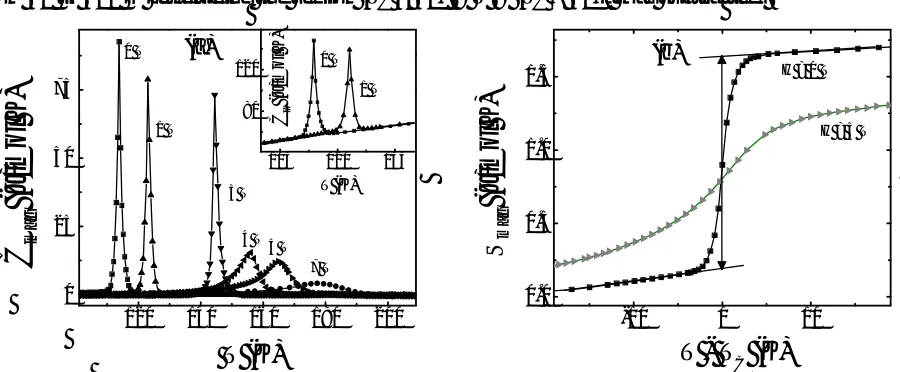Crossover from first-to-second-order ferromagnetic transition in narrowband manganite Sm
Full text
Figure




Related documents
These measures consisted of re- moving fusion genes that met any of the following criteria: blacklisted fusion genes based on reference data provided by FusionCatcher (Additional
Secondly we assessed the survival in patients after radical cystoprostatectomy whose postoperative specimen was characterized by the presence of co-existing prostate cancer or
Derzeit kommt die SIRT erst nach Versagen oder Ausschluss der klassi schen und etablierten Verfahren zum Einsatz und stellt damit lediglich eine palliative Therapieoption dar.
Conclusion: The hypertension is prevalent in young population and in present study the essential hypertension occupied 22 (44%) while the common causes detected
Overall findings of this study reveals wide gap in ultili- zation of birth prepardness and complication readiness by women ’ s, this implies the high maternal and neonatal mortality
GO and pathway enrichment analysis revealed that some of the DEGs including EGR1 and FOXN2 were involved in the transcription regulation and others, including TGFB2 and COL4A3 in
The % change (95% confidence intervals) in the levels of C-reactive protein, soluble vascular cell adhesion molecule-1, and soluble intercellular adhesion molecule-1 in association
